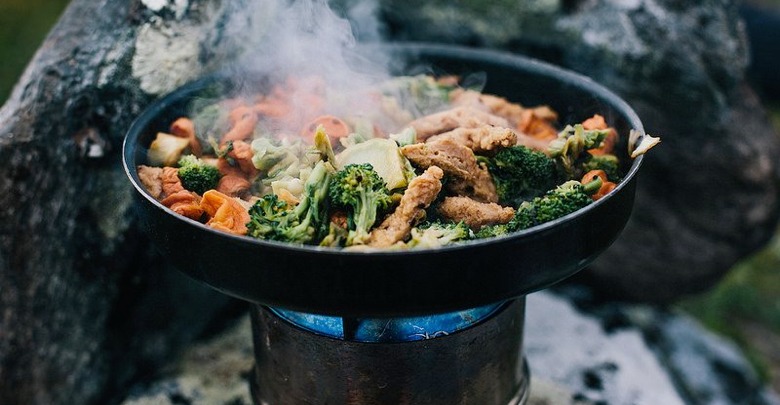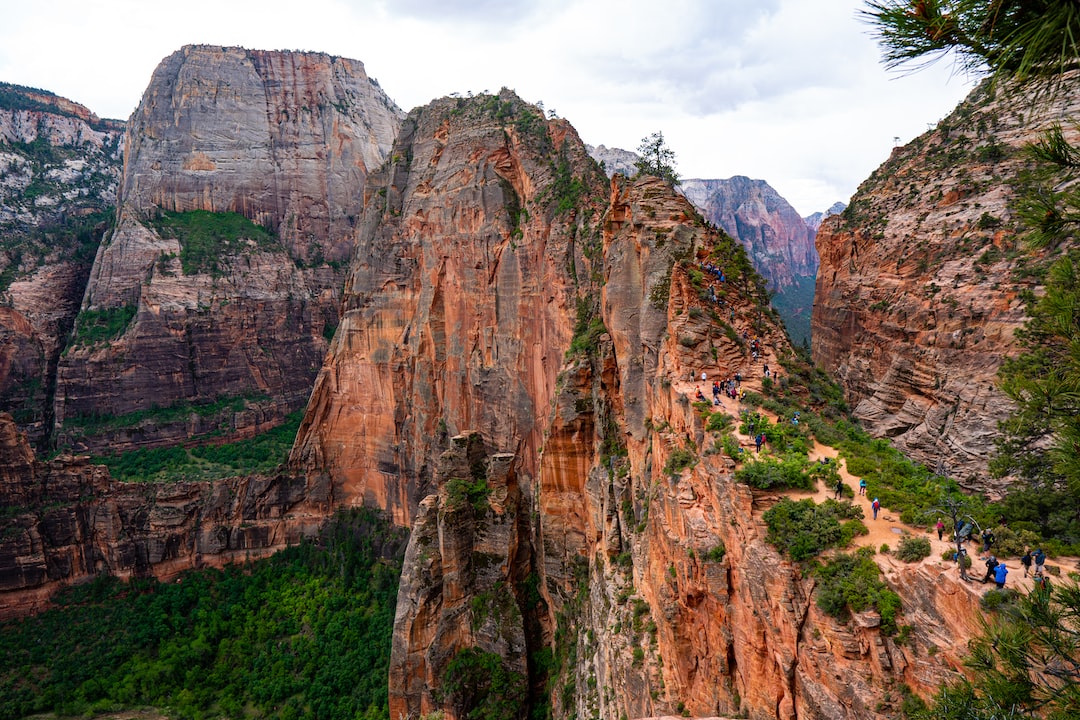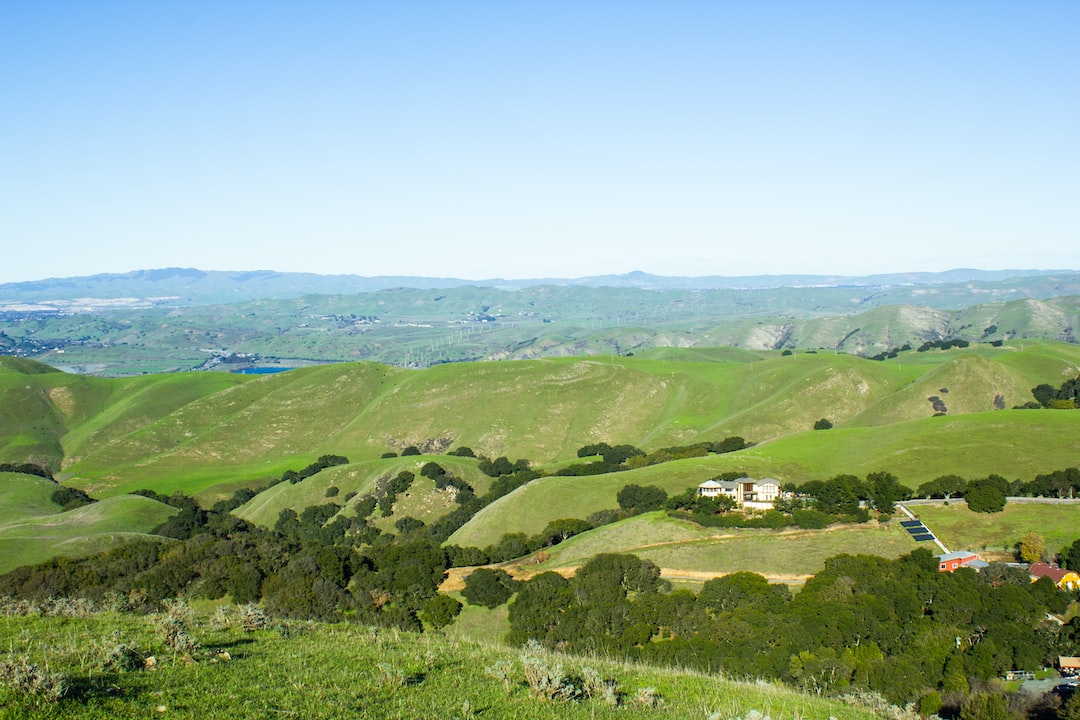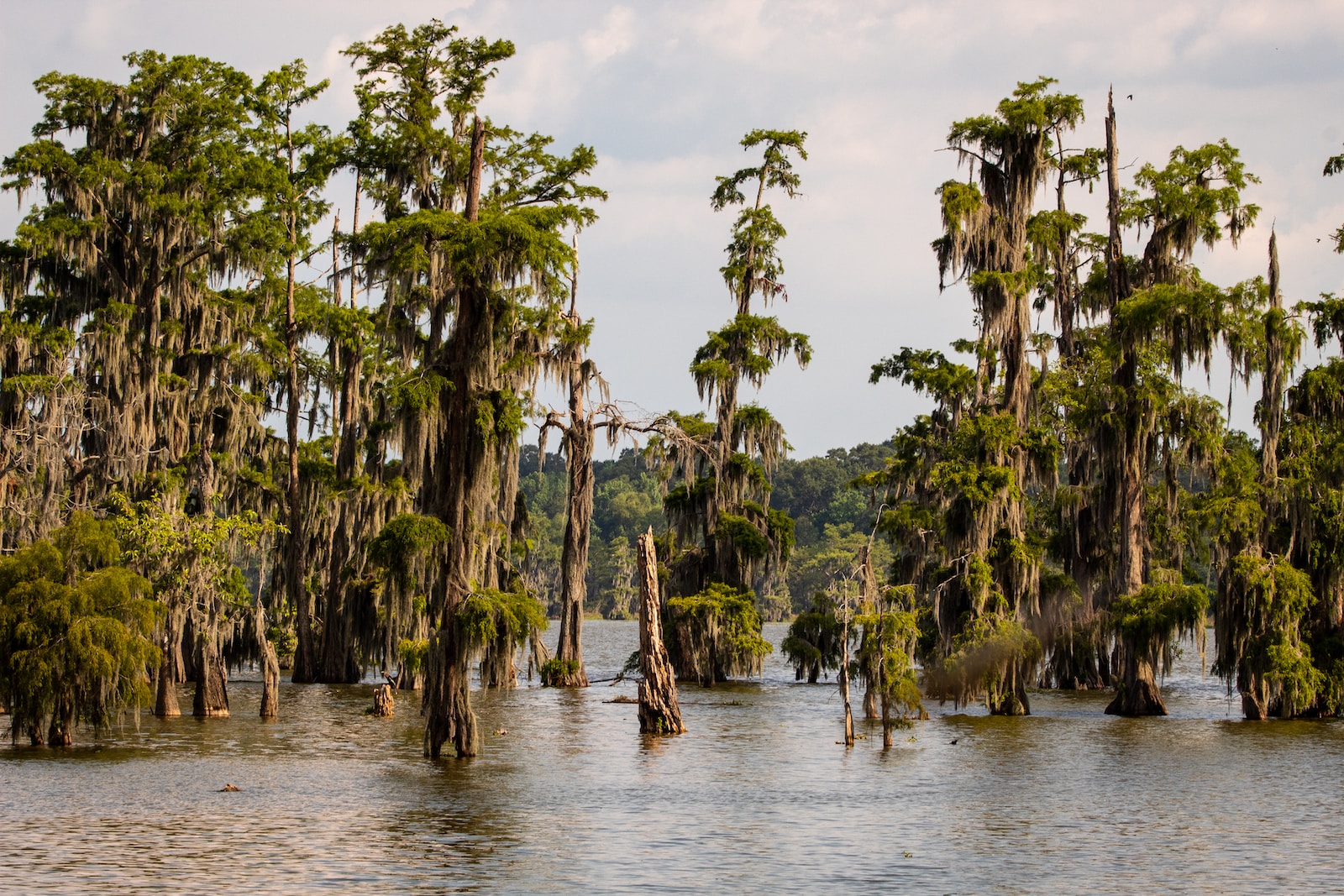Are you heading out on a camping or backpacking trip and wanting to know how much fuel you’re going to need?
For a weekend solo backpacking trip, a 100g canister of fuel will be enough to heat water and cook meals – you’ll get around 10 boils x 500ml. The general guide is to bring enough fuel to boil one liter of water per person per cooked meal.
Be aware that different stoves are more efficient than others, so factor in your stoves boil time and total burn time. Read on and I’ll run through how to calculate this for your setup.
Worst case
You’ve hiked all day, your feet are sore, your shoulders have aches and pains and you’re fed up with your dry granola bars – you want nothing more than to get to camp and fire up your stove and get cooking some tasty hot food.
Trouble is, you underestimated how much fuel you need and halfway through your water boiling the flame starts to stutter and all of a sudden, poof it’s gone out. You fire up the igniter again and nothing – you’re officially out of gas!
To stop this from happening it’s worth taking the time to work out precisely how much fuel you’ll need and then giving yourself a bit extra as a lee-way – in case your out on the trail a bit longer than expected or your cooking a bit than expected.
How many boils?
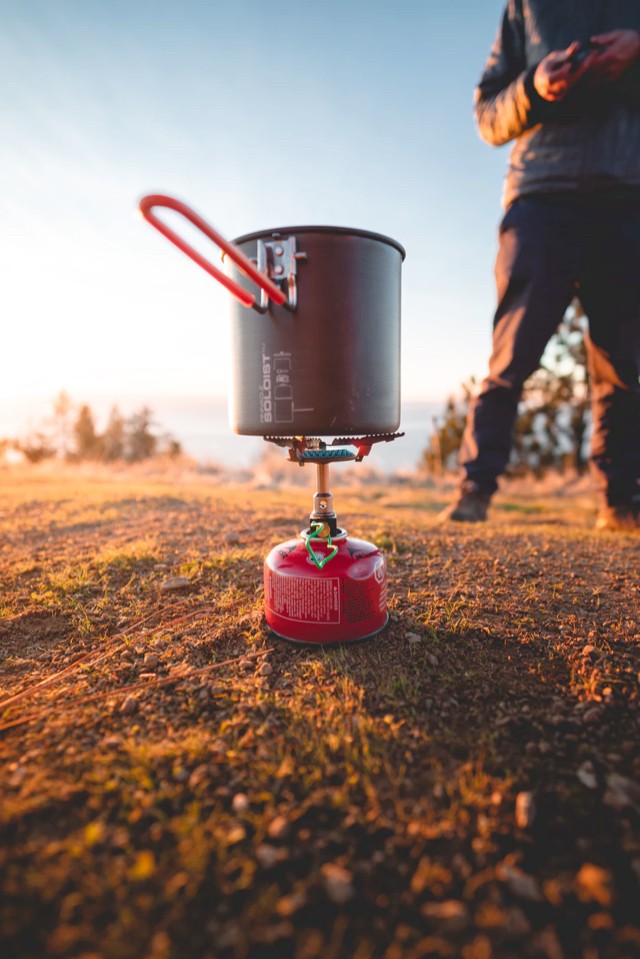 Different stoves boil slower or faster depending on how efficient they are at transferring the gas into heat. Typically however you can expect to get 12 boils of 500ml out of a 100gram gas canister.
Different stoves boil slower or faster depending on how efficient they are at transferring the gas into heat. Typically however you can expect to get 12 boils of 500ml out of a 100gram gas canister.
This is in ideal conditions, but in colder temperatures or stronger winds, the number of boils is going to be lower – because it takes longer to heat up a colder pan and colder water and because the wind makes the flames heat less efficient (unless the flame is protected with an integrated wind cover like the Jetboil flash).
To be on the safe side then we can say that each 100g canister will give us 10 boils x 500ml. Your particular stove may be more or less than this.
Boil time vs Burn time
The boil time is how long it takes for the camping stove to make water boil. For example: 2 minutes per 500ml of water.
The burn time is how long you can burn the gas for before the fuel runs out. For example: 60 minutes per 230g canister. If your stove has a simmer mode then this can dramatically extend the burn time but making the flame smaller – great for slower cooking meals.
Time to boil?
The time it takes to boil the same amount of water varies massively from stove to stove depending on how sheltered it is from the wind and how powerful the heat source is.
Integrated gas stoves – 2 minutes
The fastest stoves are integrated pot and stove systems like the MSR Reactor Stove System– which can bring 1 liters of water to the boil in 2 minutes. These integrated systems are great for wind protection and getting hot water fast ready for drinks or dehydrated meal pouches – but not so good for slow cooking food.
Open gas stoves – 4 minutes
For slow cooking food in a pot, regular gas burner systems with a more open flame that fit a variety of small camping pots work well. Systems like the Snow Peak LiteMax Titanium Stove are ultralight, weigh just 1.9 ounces (53 grams) – (when not connected to the gas canister) and while they take longer to boil water (4 minutes) – makes them great for one-pot meals that need a longer simmer time.
Wood stoves – 10 minutes
Alternatively, wood powered stoves offer a great platform for cooking meals over an enclosed fire. The boil time is much longer (8-12 minutes) but you don’t need to worry about running out of gas as long as there are pine cones and pieces of wood nearby to keep it going.
These stoves are lightweight and require no man-made fuel but you do need to be within the tree line (or carry your own wood) and have a bit more patience to set them up each time.
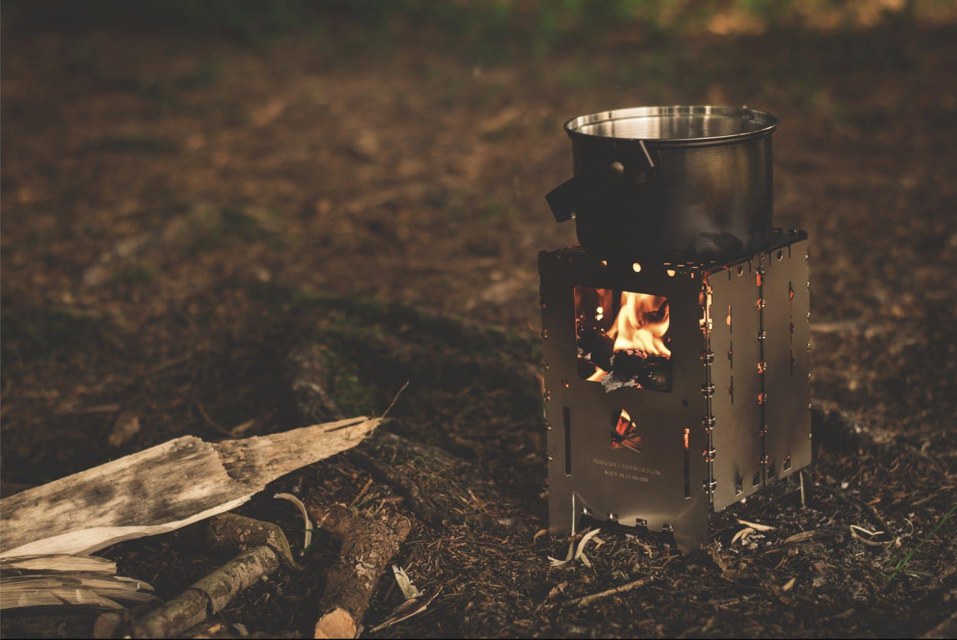
If you’re more of a hands-on backpacker and like the idea of cooking over a wood powered stove, then the Titanium Hexagon Wood Stove is well worth a look.
Meal plan
Planning out your meals is a great way to make sure you’re only carrying what you need (and a bit extra for emergencies) rather than risk not having enough to eat or overburdening yourself with simply too much stuff.
Meal planning out your trips allows you to not only make sure you’ve got the right ingredients in your pack, but also that you’re going to have enough gas to cover your cooking time.
For a weekend trip you meal plans might look something like this.
| Day | Meal | Food | Water use |
| Friday | Dinner | Couscous pouch | 0.5 liters |
| Saturday | Breakfast | Instant Oatmeal + Tea | 0.5 liters |
| Lunch | Sandwich + fruit salad | 0 liters | |
| Dinner | Noodles and vegetable stirfry | 1 liter | |
| Sunday | Breakfast | Instant oatmeal + Coffee | 0.5 liters |
| Lunch | Granola bars + trail mix | 0 liters | |
| Total: |
2.5 liters
|
As you can see you’ll need to boil up 2.5 liters of water to cook your meals. Now that we have this figure we can calculate how much fuel we’ll need to bring.
Calculating how much fuel you need
Let’s say you’re planning to go camping for two nights and you’ve calculated you’ll need to boil up 2.5 liters of water over the two days.
We can calculate how much boil time you’ll need using the following formula.
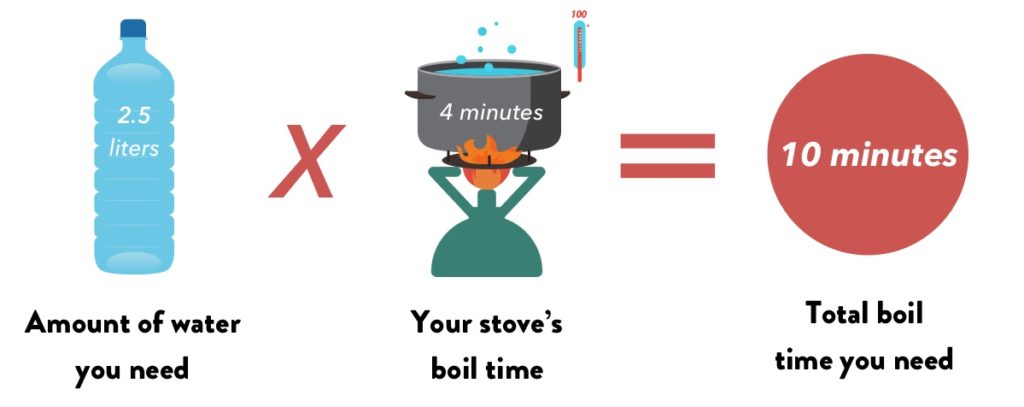
2.5 liters x 4 minutes boil time = 10 minutes total boil time.
How much fuel left in your canister?
If you’re using a full canister then even the smallest version will have enough gas for our trip so we don’t need to make any further calculations.
If on the other hand, we have a partially used canister then we can calculate how full it needs to be to take us through the trip.
To do this. we need to find out what percentage of our stoves total burn time is needed to boil 2.5 liters of water.
Example: 10 minutes (boil time of the trip) / 60 minutes (total burn time of canister) = 17% percent.
That means if our canister had a 60 minute burn time, we would at a minimum need it to be 17% full to work for our trip.
To work out how much fuel is left in your canister check out this helpful guide from Rei.
How much fuel do we need for our trip?
To calculate how much fuel you need for your trip in grams. Take the percentage of burn time and times it by the total fuel.
7% (.17) x 230 gram = 39 grams.
So for our 2.5 liters of water needs based on the boil time of our particular stove, we’ll need approximately 39grams of fuel. That’s about 1/4 of one 100g canister.
Be aware that is always a good idea to round upwards, so that you’re not left short and this will help account for worse conditions. The colder it is or the more wind there is then the more fuel you’ll need to reach the boil time.
What effects fuel usage?
Wind
The more wind there is the less effective your stove will be at heating the pot. The wind will make the flame unstable and in extreme conditions can even blow it out. The wind will blow away heat and increase your boil time. Use a screen and shield your flame as much as possible by using your body, rocks or a screen.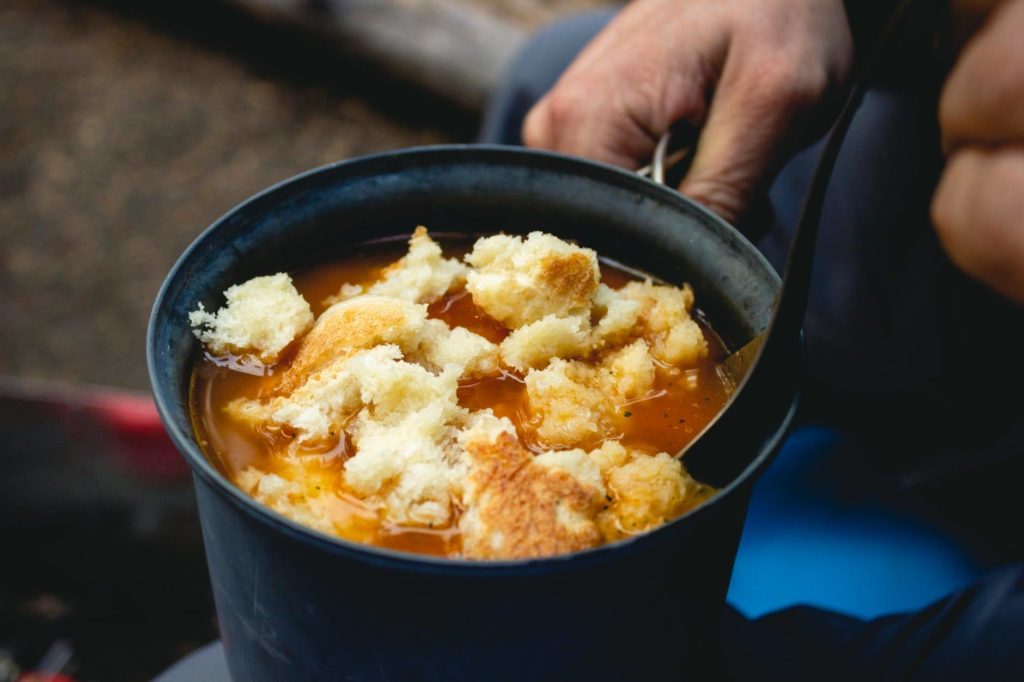
Air Temperature
The ambient air temperature changes the baseline temperature of your pot and water. The colder it is the longer your boil time and the more energy and fuel you need to use to get the water up to the boiing point.
Water temperature
If you’re collecting snow to melt, taking water from the river or directly from your portable water filter system then the temperature of will be different in each case. The colder the water the more fuel you will need – so take this into account when calculating fuel usage.
Simmering
If you’re cooking meals from scratch (rather than hydrating pre-cooked food) then you’ll need to cook food for much longer than the boil time. Perhaps 2-8x longer. Of course, if your burner supports simmer mode then you’ll be consuming less fuel but your flame will be running for longer which will inevitably use more fuel. It’s worth taking this time into account when meal planning any food that requires longer cooking time.
Elevation
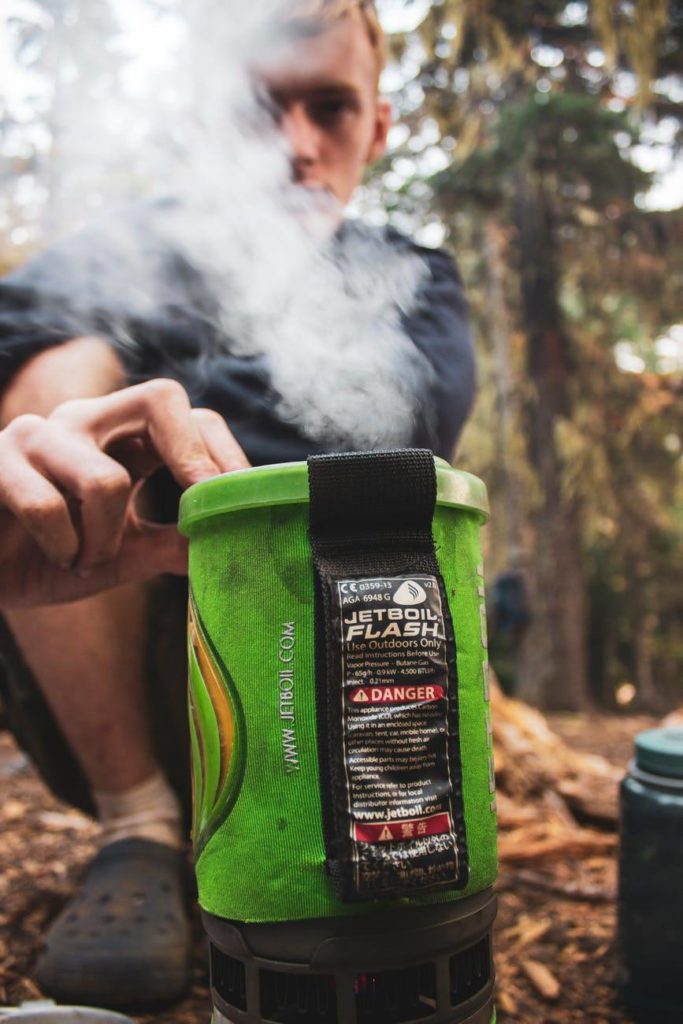
Water boils faster at higher elevations because there is less atmospheric pressure. Despite this, it’s worth mentioning that some food will take longer to cook because they will also absorb water more slowly. On top of this, the outside air temperature is likely to be (not always) colder which may negate the pressure difference.
Some stoves are also less efficient at altitude, and regular gas, in particular, burns less powerfully compare with white liquid gas. Some advanced stove system will be able to regulate the fuel pressure and counter a drop in ambient air pressure – but if you’re planning to do a lot of cooking at altitude it may be worth switching to a liquid gas stove.
Make clean water using a filter
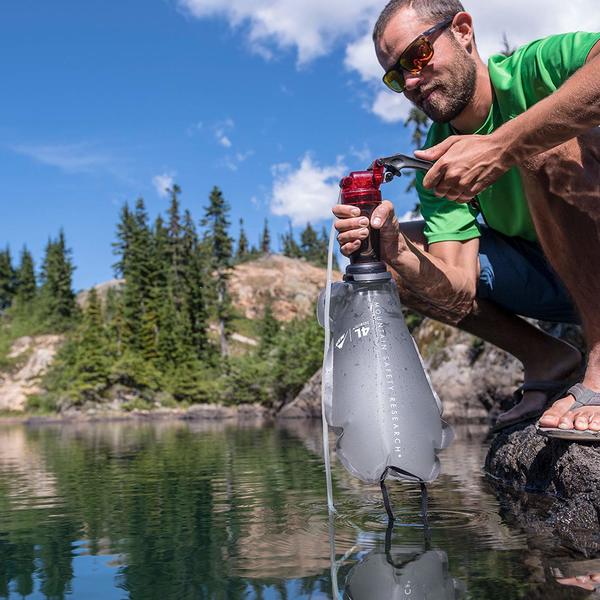
If you’re looking for a clean source of water then boiling the water will kill off any bacteria but it won’t remove any particles or sediments. The best thing to do is to cook with filtered water that you collect en route or near your camp.
Rather than carrying all your water with you, you can use a portable water filter to collect stream water, filter and purify it – removing sediment and bacteria. Not only will it be safe but in most cases, it will make your food taste better.
If you’re tired of carrying all your water and looking for an efficient water filter that works – I recently reviewed the best travel water filters on the market.
Final thoughts
If you’re looking to save weight then taking a more detailed approach to calculating your fuel needs is a great idea.
If you’re looking for a quick guestimate then doing a few quick sums will help you calculate how many canisters to bring and what size is enough.
If you’re in the market for a more efficient stove or an ultralightweight stove with a low boiling point then check out my reviews of the best backpacking stoves.

